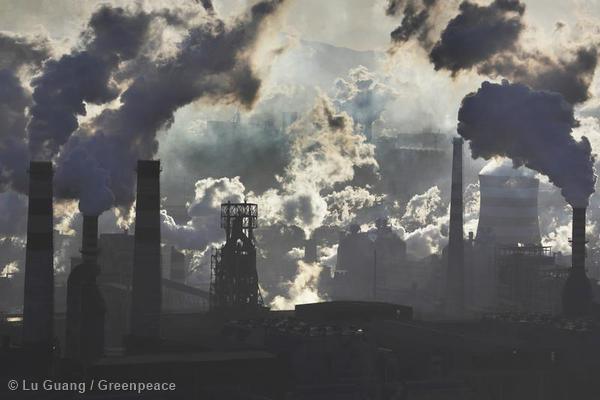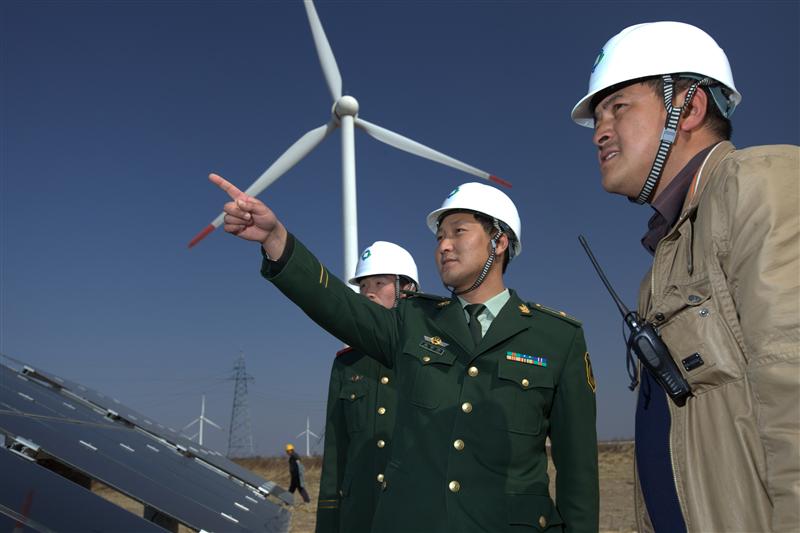Chinese emissions from fossil fuel use fell in 2014

China’s coal consumption fell by 2.9% in 2014, according to official Chinese energy data released today.
The data confirms earlier projections of a fall in coal use and 1% reduction in Carbon dioxide emissions from fossil fuel burning according to calculations based on the data (excel spreadsheet).
An initial analysis by Glen Peters suggests that equates to a 0.7% drop in overall emissions.
See also: our China’s Energy Challenge series
China’s emissions from oil, gas and coal burning haven’t fallen since the Asian economic crisis more than 15 years ago. It is the biggest recorded fall in 30 years, and the first time on record that emission fell while total energy consumption grew.
CO2 emissions were calculated using UN IPCC default emission factors.
Coal consumption split from growth
Coal consumption growth in China has been slowing down since 2012 suggesting that China’s coal use is no longer rising in line with economic output – so-called “de-coupling”.
Based on China Statistical Yearbook 2014, coal consumption growth slowed from an average of 6.1% per year between 2007-2011, to 2.6% on average between 2012-2013, while GDP growth averaged 10.5% and 7.7% per year, respectively.
Air pollution rules
China’s coal consumption growth was responsible for more than half of global CO2 emission growth in the past 10 years.
The fall in China’s coal consumption comes as China has set new global records for wind and solar installations and seen an increase in both economy-wide and power plant efficiency.

Ambitious policies to control coal use, spurred by the air pollution crisis, along with policies to diversify the economy away from energy-intensive industries, are strongly constraining coal consumption.
China coal peak?
The country also appears to be moving away from plans to reduce pollution in urban areas by gasifying coal in more remote locations due to concerns over economic viability.
Though China’s coal use is unlikely to continue falling year on year an analysis by Greenpeace suggests that full implementation of China’s existing energy targets, including targets for renewable energy and controlling total energy consumption, could see coal use peak by 2020.
China recently required four provinces in the key economic regions to set absolute coal consumption reduction targets, in addition to four others that already have ambitious targets, the provinces consume over 600 million metric tons of coal per year, almost as much as India.
Sources for this story:

